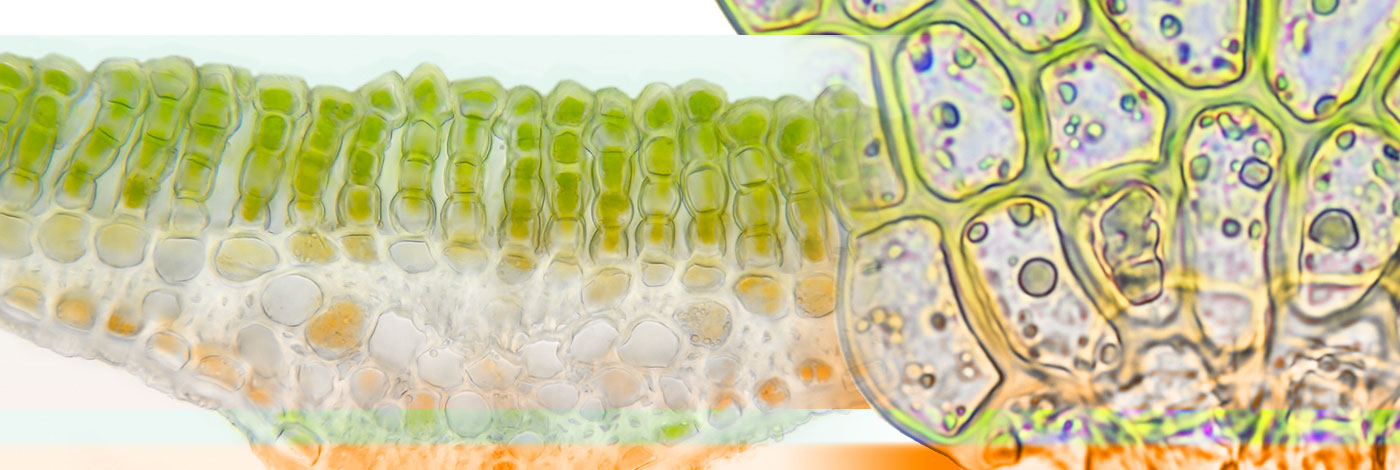
 Cryptogamie, Bryologie
23 (4) - Pages 279-343
Cryptogamie, Bryologie
23 (4) - Pages 279-343The French bryophytic flora being one of richest of Europe, it was appropriate to develop a classification bryophytic communities being based on work of the close countries. If many publications make it possible to structure a synsystem for the unit of the metropolitan national territory, the balance-sheet of current knowledge in France, still underlines the gaps and the lack of work of ground. The authors integrate in the same synsystematic architecture the strictly bryosociologic class and those determined by vascular group of plants. This is justified by a bryosociologic literature where the many ones syntaxons are described by using at the same time vascular bryophytes and plants or because the bryophytes take a dominating place in the herbaceous communities. The authors stress the importance to distinguish the bryophytic communities well according to their bonds with the dominant phytocoenoses. They propose thus, the concepts of subordinated, associated, conditioned communities, and of bryo-phanerogamic complexes. Moreover systematic presentation of the ecological and dynamic characteristics total of the units allows a better approach of classification and justifies the regroupings of syntaxons. The development of the synsystem leads the authors has to include new units. Thus are proposed: the class of Myliaetea anomalae (including the order of Myliaetalia anomalae and an alliance Mylion anomalae), orders of Sphagnetalia cuspidatae (in class of Utricularietea intermedio-minoris) and of Eurhynchietalia striati (in class of Hylocomietea splendentis), alliances of Rhytidiadelphion lorei (in class of Hylocomietea splendentis) of Cochlearion pyrenaicae, Pellion endiviifoliae and Riccardio-Eucladion verticillati (in class of MontioCardaminetea) as well as the under-alliance of Diplophyllenion albicantis (in class of Pogonato-Dicranelletea heteromallae). Beyond these new proposals, the French territory remains badly known and of many work are still necessary to have a complete range of the bryophytic communities. In France, several units of higher row do not have association duly described such as Aloino bifrontisCrossidion crassinervis, Tortellion flavovirentis (in class of Barbuletea unguiculatae), Rielletea helicophyllae or even Arabidion caeruleae (in class of Salicetea herbaceae). If the synsystem presented constitutes a reference index exploiting the most recent data, like any classification, it is to enable to progress with the advance of research and will have to be modified consequently. The use of the bryophytic communities in the evaluation of the biodiversity remains still not very used. It however represents a completely relevont research orientation to measure the impact of the changes of states of the ecosystem receiving these communities, particular towards the natural and anthropic disturbance.